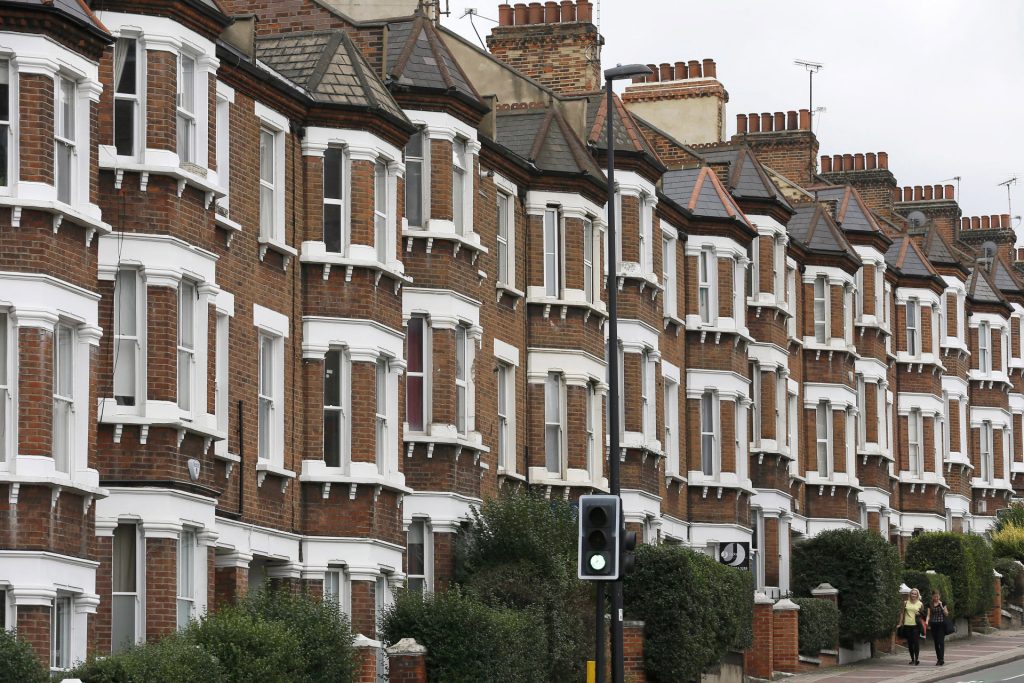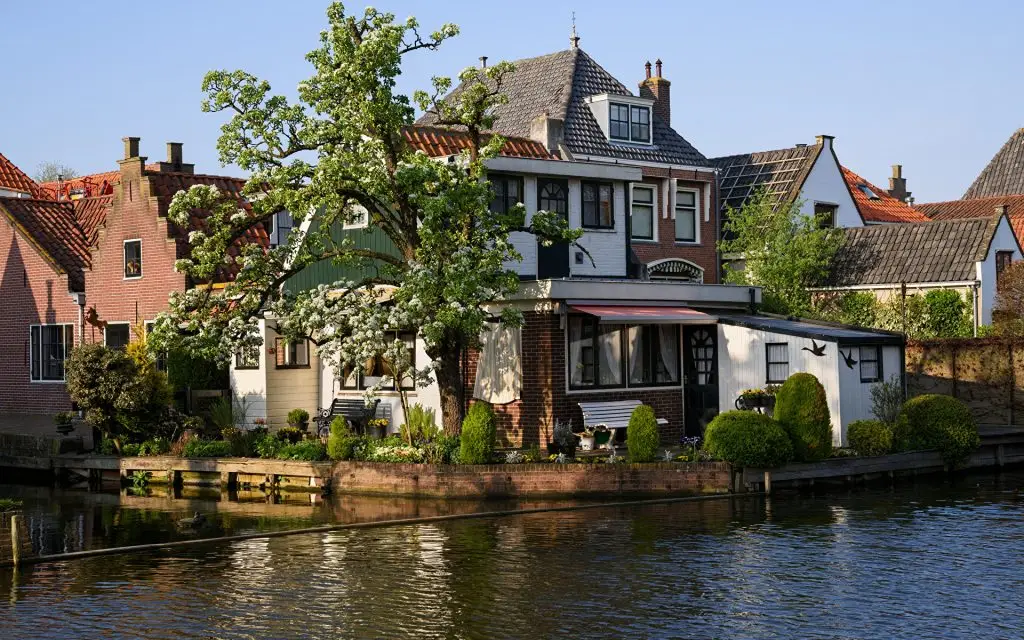Buying a property in the Netherlands in 2025 requires accurate calculations and an understanding of the law. Superficial schemes and “willy-nilly” do not work here. Holland sets high standards for both properties and buyers. Most mistakes are made before the contract is signed – that’s when money, time and chances are lost.
Prices: figures that do not deceive
Buying property in the Netherlands starts with a sober look at prices. In 2025, the average cost of housing in Amsterdam reached €6,550 per m². In Utrecht it is €5,100 and in Rotterdam it is around €4,700. Houses in the countryside are cheaper, but they are also less liquid.
New objects are offered at fixed prices – without bidding, but with mandatory participation in lotteries and tenders. On the secondary market the situation is more tense. Here, owners raise the price by 5-10% of the market price, focusing on the demand from foreigners. This is especially strong in areas with tourist infrastructure.
Buying property in the Netherlands: conditions
 Foreigners can buy any type of property – a house, a flat or a plot of land. But mortgages are granted only if you have a residence permit or EU income. The bank will ask for proof of employment, tax history, credit rating and a deposit of 20-30%.
Foreigners can buy any type of property – a house, a flat or a plot of land. But mortgages are granted only if you have a residence permit or EU income. The bank will ask for proof of employment, tax history, credit rating and a deposit of 20-30%.
The transaction is formalised by a notary – not a broker. He checks the documents, formalises the transfer of ownership and registers the transaction in the Kadaster register.
Transaction order: steps, no margin for error
Buying a property in the Netherlands follows a strict procedure. It includes:
- Finding and verifying an object. A professional broker analyses the market offers, checks legal cleanliness, communications, status of land and building permits.
- Signing a preliminary contract. The document fixes the price, terms and obligations of the parties. A deposit – 10% of the value.
- Final signing at the notary’s office. The notary checks all documents, transfers the funds to the seller, formalises the transfer of ownership and sends the data to the registration chamber.
- Property registration. Kadaster enters the new owner into the register. From this moment on, the status of owner is acquired.
All stages are strictly regulated and legally protected. This approach minimises risks and guarantees the transparency of the transaction at every step.
Taxes and expenses: count to the last euro
Buying a property in the Netherlands comes with several mandatory costs. One of the main ones is the transfer tax (Overdrachtsbelasting). In 2025, the rate is 2% for residential properties and 10.4% for non-residential properties.
Additionally:
- Notary services: €1,000-€2,000;
- registration and legal support: €800-€1,500;
- brokerage commission: 1-2% of the value.
Total costs can be as high as 5-8% of the value of the property.
What not to ignore when buying a property in the Netherlands
Buying a property in the Netherlands entails a number of responsibilities. The owner pays an annual property tax (Onroerendezaakbelasting – OZB) as well as utility and municipal fees.
The maintenance of the dwelling requires compliance with building and technical regulations. In case of redevelopment, it must be approved by the municipality. Fines of up to €25,000 are provided for violations.
Investments: calculation, not emotion
Property in the Netherlands brings a stable yield – on average 3.5-5% per annum, especially when renting in Amsterdam, Utrecht and Haarlem. Studios and “two-bedrooms” are in demand – they are quickly rented by students and young professionals.
Demand is consistently higher than supply, especially in areas with good transport and educational infrastructure. It is important to take into account: rent is strictly regulated, the contract is for at least one year, indexation is limited, and penalties for violations are possible.
Immigration and residence permit
Buying a property in the Netherlands does not entitle you to a residence permit. The law does not provide for benefits in the presence of property. Ownership status can be a plus when applying for a visa on other grounds: business, startup, work.
Immigration requires legal income, contract, health insurance and integration. Only after several years of legal residence does one become eligible for permanent residence.
How to buy property in the Netherlands
Buying a home is not a spontaneous process. It requires analysis, preparation, and consideration of dozens of factors. A simple list helps keep you focused:
Step-by-step instructions:
- Determine budget and region.
- Evaluate goals: living, renting, investing.
- Contact a licensed broker.
- Check the object: technical condition, documents.
- Sign the preliminary contract.
- To post bail.
- To be notarised.
- Complete your registration with Kadaster.
- Calculate all taxes and fees.
- To record the rights and obligations of the owner.
Buying property in the Netherlands: restrictions
Purchasing a home is open to non-EU citizens, but with a number of nuances. Many cities have an opkoopbescherming rule – a ban on renting for the first 4 years after purchase. This helps protect the market from speculation. In Amsterdam and Rotterdam new projects can include quotas for sale only to residents – without local registration the transaction cannot be carried out.
Foreigners are not eligible for subsidies and pay all taxes and services in full. At the same time, there are no restrictions on land acquisition: both building plots and fully owned agricultural land are available.
Object types
Buying property in the Netherlands covers a wide range of properties. The market includes:
- Flats in apartment blocks are a common format in cities. The layout is standard, often without balconies. The average size is 65-85 m².
- Tanhouses are two- and three-storey houses with a common wall, popular in suburbs. The price starts from €320,000.
- Villas and detached houses are premium segment properties, often located outside of cities. Costs start from €650,000.
- Building plots are a scarce commodity, especially near agglomerations. Municipalities sell such plots by agreement, with strict conditions for development.
The key to making the right choice is to match the purpose of the purchase with the location. A compact flat in the centre is suitable for renting. For living – a house in a quiet neighbourhood. For investment – a liquid object in a development zone.
Regional differences
The property market in the Netherlands differs significantly by region. Amsterdam is the most expensive and overheated: the price per m² exceeds €6,500, objects leave in 12 days. Utrecht and Haarlem are stable, but with less competition – €4,900-5,100/m². In Rotterdam and The Hague housing is more affordable, but there are rental restrictions and neighbourhoods with a high migration background.
Maastricht and Groningen offer stability and prices of up to €3,800/m², maintaining growth potential – both for living and investment for 5-7 years.
Leases and alternatives
Buying a property in the Netherlands is not always justified. Renting a flat costs €1,200-1,800/month, and the tenant does not have to pay for taxes, repairs, insurance and registration.
If the plan of residence – up to 3 years, renting is more favourable. If the term is 5 years or more, buying becomes reasonable, especially in view of rising prices and difficulties with mortgages.
Conclusion
 Buying a property in the Netherlands in 2025 is an informed decision, not an emotion. The property must be fit for purpose: investment, residence or migration. With a clear strategy and proper design, the property becomes a stable asset rather than a burden.
Buying a property in the Netherlands in 2025 is an informed decision, not an emotion. The property must be fit for purpose: investment, residence or migration. With a clear strategy and proper design, the property becomes a stable asset rather than a burden.
 en
en  ru
ru  de
de  ar
ar  es
es  nl
nl  hi
hi  fr
fr  it
it  pt
pt  el
el 










